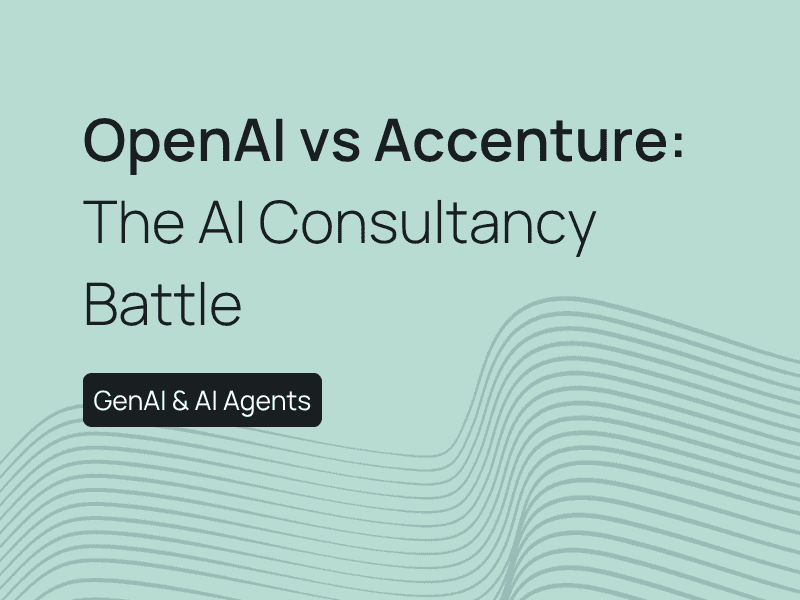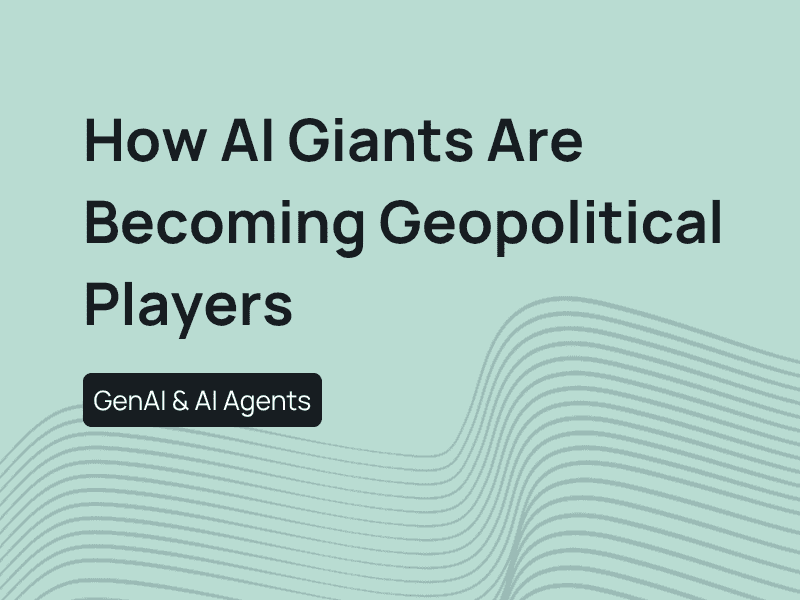As artificial intelligence continues to redefine industry benchmarks, one factor remains critical yet often overlooked: efficiency. Operational costs—particularly those tied to training machine learning models—are emerging as a key determinant of scalability and long-term viability. Among the most impactful levers for cost optimization is hyperparameter tuning, a technical but transformative process that fine-tunes model performance while significantly reducing compute expenses. In fact, when applied strategically, hyperparameter tuning can cut AI learning costs by as much as 90%.
This article explores how the technique works, why it matters for AI-driven businesses, and how it contributes to more capital-efficient innovation.
What are hyperparameters?
Hyperparameters are the settings that guide how a machine learning model learns from data. They are chosen before training begins and are not learned by the model itself. Common examples include how fast the model learns (learning rate), how much data it processes at once (batch size), and how complex the model is (like the number of layers). Choosing the right hyperparameters can make a model more accurate and faster to train. However, getting them wrong can lead to poor results and high computing costs.
Hyperparameter tuning as a solution
Hyperparameter tuning is the process of systematically searching for the best combination of hyperparameters to optimize the performance of a machine learning model. Hyperparameters are settings that control the learning process, such as learning rate, number of layers, or regularization strength, and must be set before training begins, as they are not learned from the data itself.
There are several well-established techniques for tuning hyperparameters, each offering different trade-offs between speed, accuracy, and resource use. Choosing the right method depends on the complexity of the model, the available computing power, and the specific goals of the task.
- Grid search - Grid Search is the most straightforward approach. It systematically tries every possible combination from a predefined set of hyperparameter values. While this method is thorough and guarantees that the best option within the grid is found, it can quickly become computationally expensive as the number of parameters grows. This is especially true in high-dimensional settings, where the total number of combinations increases exponentially.
- Random search - Random Search offers a more efficient alternative. Instead of testing every possible combination, it randomly samples values across the same range. Studies have shown that random search often finds near-optimal solutions much faster than grid search, particularly when only a few hyperparameters significantly influence performance. It balances simplicity and efficiency, making it a practical choice in many real-world applications.
- Bayesian optimization - Bayesian Optimization takes a more strategic approach. It builds a model of the relationship between hyperparameters and performance, using previous trial results to inform future ones. By focusing the search on the most promising regions of the hyperparameter space, Bayesian optimization can achieve better results with fewer evaluations. It’s especially useful when training models is time-consuming or expensive, as it reduces the need for trial-and-error.
- Automated machine learning - AutoML goes a step further by automating not only hyperparameter tuning but also model selection and preprocessing steps. AutoML platforms often combine techniques like random search, Bayesian optimization, and early stopping to speed up the process. This makes it possible to quickly build and optimize high-performing models with minimal human involvement, enabling teams to scale their machine learning efforts efficiently.
Future of hyperparameter tuning
Predictions for the future of hyperparameter tuning indicate it will remain a foundational driver of AI innovation, with significant advancements on the horizon. As AI models grow in complexity and data volumes increase, hyperparameter tuning is expected to become even more critical for achieving state-of-the-art performance and efficiency.
- Rise of automation with AutoML - Automated Machine Learning (AutoML) platforms are making hyperparameter tuning more accessible and efficient. These tools are increasingly integrating advanced tuning methods, reducing the need for manual setup and intervention. As AutoML continues to evolve, it’s becoming capable of optimizing entire machine learning pipelines, with tuning algorithms that adapt intelligently as model complexity grows.
- Smarter optimization techniques - Modern optimization methods—such as Bayesian optimization, Hyperband, and genetic algorithms—are proving highly effective at navigating large, complex hyperparameter spaces. These techniques allow models to converge faster while using fewer resources. Emerging approaches like multi-fidelity optimization and adaptive resource allocation are also gaining ground, allowing early-stage evaluations that focus computational power where it matters most.
- Scalability through cloud and distributed systems - Cloud infrastructure is transforming the scalability of hyperparameter tuning. By distributing workloads across multiple nodes, large-scale experiments can run in parallel—dramatically cutting down training time. This capability is particularly valuable for deep learning models and large datasets, both of which are becoming increasingly common in research and production environments.
- Broader accessibility and tooling - Hyperparameter tuning is no longer limited to AI specialists. Open-source libraries and user-friendly platforms—like Scikit-learn, Hyperopt, Ray Tune, and Optuna—are lowering the technical barrier, enabling broader adoption across industries. As tuning becomes more automated, the focus for practitioners is shifting from manual fine-tuning to applying domain knowledge and interpreting results effectively.
- Driving innovation across sectors - Well-tuned models are not just more accurate—they’re also faster, more efficient, and more reliable. These qualities are essential for deploying AI in high-stakes environments such as healthcare, finance, and autonomous systems. Whether it’s startups building intelligent automation tools or established companies optimizing internal workflows, hyperparameter tuning is becoming a cornerstone of innovation in AI.
Benefits and challenges
Training AI models at scale comes with well-known challenges. One of the most pressing is the high computational cost of model development. Reaching optimal performance often requires running hundreds or even thousands of training experiments, each demanding significant processing power, memory, and time. This process can create bottlenecks for teams working under time constraints or limited infrastructure, slowing innovation and increasing operational expenses. Time inefficiencies—caused by trial-and-error methods and manual configuration—only add to the complexity, especially as models become more intricate.
Hyperparameter tuning addresses these issues by introducing structure, speed, and efficiency into the training process. Smart tuning techniques allow developers to identify the most effective model settings faster, significantly reducing the number of training cycles required. When implemented effectively, tuning can lower AI training costs by up to 90%—a powerful result that translates into faster time to market and more efficient resource use. It also improves overall model performance, which leads to fewer downstream errors and less need for retraining or manual correction.
Compared to traditional AI development, where hyperparameters are often set manually or adjusted through trial and error, modern tuning methods represent a significant step forward. Manual tuning not only consumes more time, but often leads to suboptimal results, especially when models are large or datasets are complex. In contrast, automated and adaptive tuning frameworks streamline experimentation, enabling teams to find high-performing configurations with far fewer iterations.
The bottom line
As AI development becomes more resource-intensive and competitive, hyperparameter tuning is proving essential to building smarter, faster, and more cost-effective models. With the rise of automation, scalable infrastructure, and advanced optimization techniques, tuning is no longer a niche technical step—it’s becoming foundational to AI at scale. As adoption accelerates and organizations prioritize performance and efficiency, this rapidly evolving segment offers strategic value across industries.
Published by Samuel Hieber


